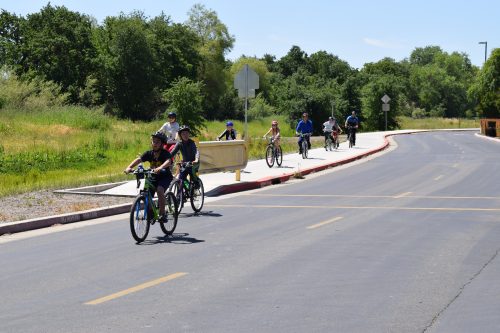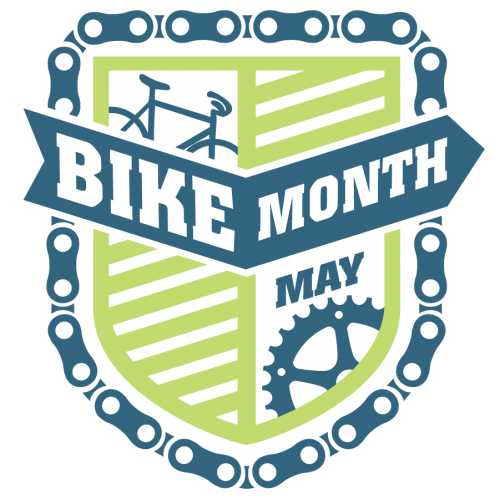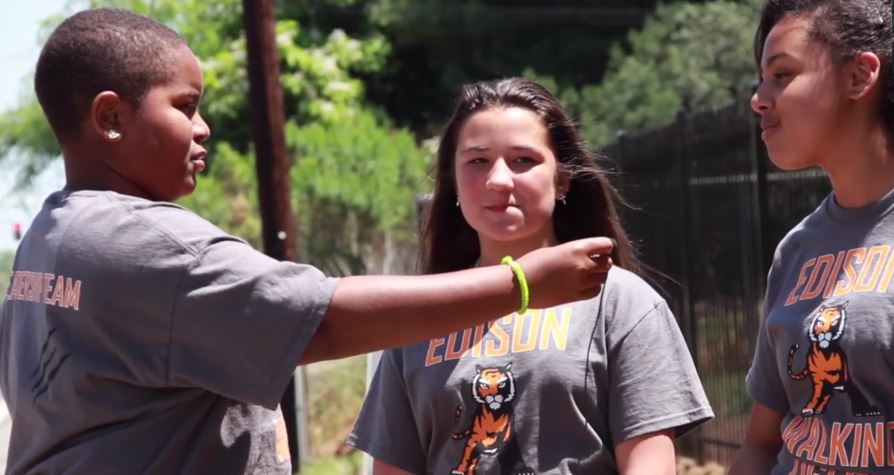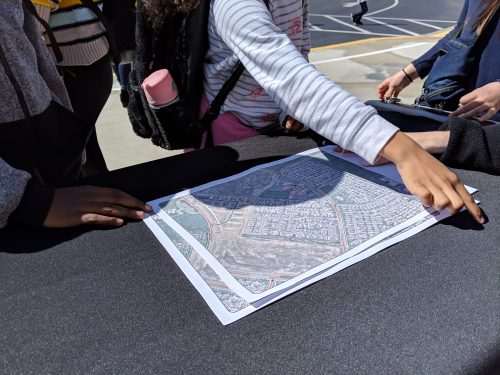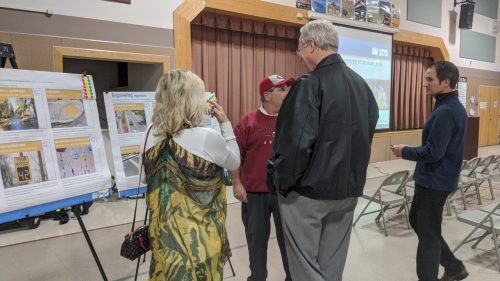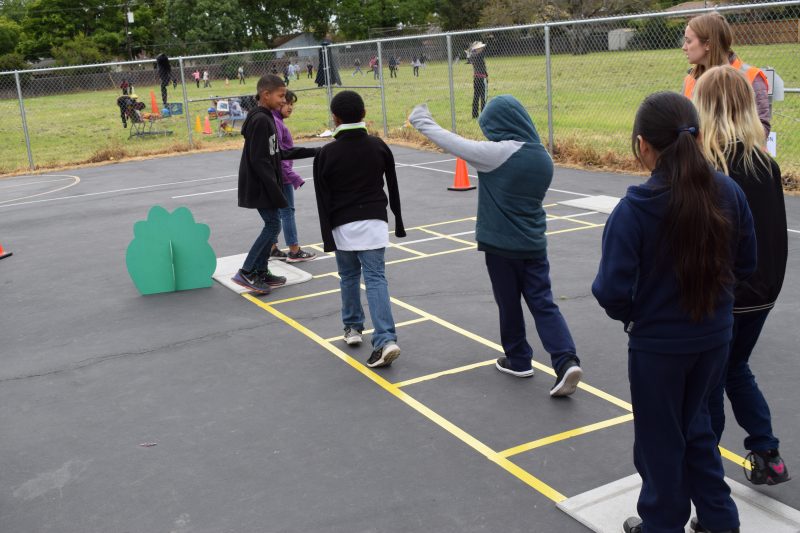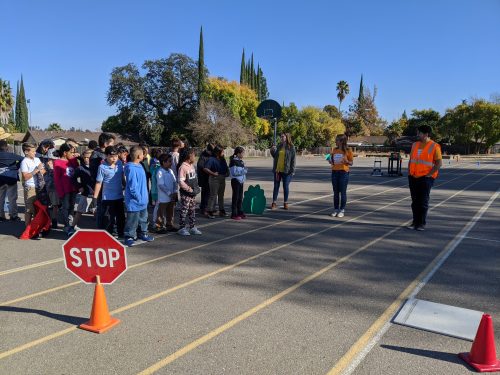Safe Routes to School in the Sacramento Region
WALKSacramento works to implement Safe Routes to School programming at schools across the Sacramento Region as a leading Safe Routes to School expert. Our work has supported over 100 local schools in 7 counties and have secured $8,500,000 in infrastructure improvements, thanks to Safe Routes to School programming.
As Safe Routes to School facilitators, we provide comprehensive programming to schools including: Walk to School Day and Bike to School day, Safe Routes to School master plans, safe walking and biking maps, community engagement, parent champion training, and more.
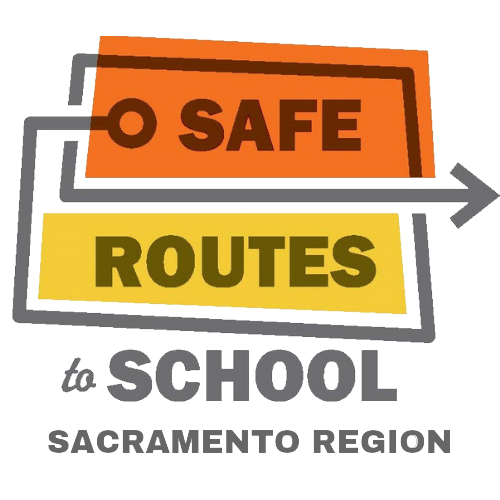
OUR APPROACH
Comprehensive Programming using the 6Es of Safe Routes to School
Safe Routes to School is an internationally recognized program dedicated to providing safer routes for students to walk and bike to school. Research has shown that students who walk or bike to school get more daily physical activity, have lower rates of obesity and improves students self-confidence and academic performance. The more students and families who can walk and bike to school safely, results to less reliance on motor vehicles, safer neighborhoods, cleaner air, and greater transportation freedom. By creating, safer, healthier, more sustainable communities, Safe Routes to School programs not only benefit individuals, but are critical to meeting our state, regional, and local goals around health, air quality, and economic development. Safe Routes to School Programming has been successfully implemented across the U.S. and globally. Every Safe Routes to School program aims to meet the core goals or “6Es” of Safe Routes to School.
Engagement
The first step in launching a SRTS program is engaging the community to help develop a SRTS program that is community specific. Engagement happens throughout each phase of the project to ensure community and student voices are prioritized.
Education
Multi-disciplinary programs are a key focus of SRTS. Kids are not only encouraged to walk and bike outside of school but learn valuable lessons and tactics in the classroom as well.
Encouragement
Holding school wide events help provide motivation to establishing programs long term. Bike to School Day and Walk to School Day events support a broader initiative for community-wide support for SRTS
Engineering
Community assessments in road infrastructure around schools help identify needed improvements to support SRTS programs.
Equity
Equity concerns of safe, active, and healthy opportunities for children and adults in disadvantaged communities are integrated and addressed through the first 5Es to make SRTS programs safe, accessible, and successful.
Evaluation
Evaluation methods are critical to identifying the needs for establishing a Safe Routes to School program and long-term success.
Safe Routes to School Resources

Family Resources for Staying Active During Covid-19
There are many ways to stay active with your family during the COVID-19 pandemic. Download the guide to get started.

Build your own Walk to School Day event
Walk to School Day events are a simple way to celebrate the benefits of walking to school with the entire community and raise awareness about opportunities and challenges for students and families to walk on a regular basis. Events can be put together in less than a week. Download the brochure to get started.

Build your own Bike to School Day Event
Bike to School Day events are a simple way to celebrate the benefits of biking to school with the entire community and raise awareness about opportunities and challenges for students and families to bike on a regular basis. Events can be put together in less than a week. Download the brochure to get started.
Recent Safe Routes to School Projects
